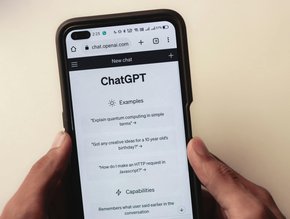SteelEye launches new AI-powered lexicon technology

SteelEye, compliance technology and data analytics firm, says it has completely revolutionised market abuse and communications monitoring with its innovative new lexicon technology.
The new Surveillance Lexicon monitors more than six times as many search terms as a standard lexicon and has been created to meet tightening regulations and growing volumes of communications channels.
Financial institutions have relied on the surveillance lexicon for years - a piece of technology that scans staff communications for specific words and sequences of words that could suggest market abuse or misconduct. But it has a limited search capacity and is unable to filter out irrelevant matches, meaning it can generate high numbers of false positives.
SteelEye’s new system covers tens of thousands of search terms and captures all linguistic word variations, colloquialisms, as well as text-speak and other abbreviations, shortenings, and even typos. It also uses AI to filter for context and remove false positives.
Matt Storey, Chief Product Officer at SteelEye said: “One of the main reasons legacy lexicons trigger such vast volumes of false positives is because they don’t consider the context in which a communication takes place.”
“As a result, many firms have ended up limiting themselves to a small number of search terms to reduce the number of alerts triggered. However, in doing so, they risk missing key signs of market abuse.
“Our new surveillance lexicon completely solves this problem by not only accounting for an unparalleled degree of linguistic variety – but also introducing AI to determine the context of how and where a piece of communication took place.”
Developing lexicon further
Looking forward SteelEye plans to develop the lexicon even further by connecting additional elements. For example, if an employee typically has phone conversations of more than two minutes and then has a 10-second call, with uncharacteristic intonation – where they simply say, “check WhatsApp”, the technology would be able to combine the reference to an unmonitored channel with the unusual call duration to create a more accurate picture of what is going on.
“Lexicons are and will remain important to help firms detect signs of wrongdoing. The industry must focus on getting them right by thinking about searching for language, meaning, and intent rather than individual words or phrases,” added Storey.






